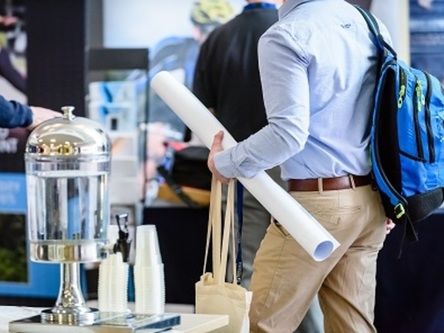-

 09 Sep September, 2020
09 Sep September, 2020New research demonstrates reforestation benefits
-

 03 Aug August, 2020
03 Aug August, 2020Montrose to benefit from major new investment by Crown Estate Scotland
-

 06 Jan January, 2020
06 Jan January, 2020Pushing the energy sector forward
-

 20 Jun June, 2018
20 Jun June, 2018Alternative Fuels, Decommissioning and Policymaking: Dundee and Angus’ Legendary Energy Sector
-
Organising
Organising a conference
With a proven track record of staging world-class conferences, we deliver an exceptional delegate experience

-
Attending
Attending a conference
A warm Scottish welcome awaits our delegates from around the world

-
Impact
The impact of Business Events
Business Events facilitates and supports essential exchanges, integral to not only economic advancement, but societal development as a whole

-
Pathfinders
Pathfinders
Advancing social and economic progress for Scotland and the region of Dundee, Angus, Fife and Perthshire

-
Partners
Bureau partnership
Work with us to deliver outstanding experiences

-
News




